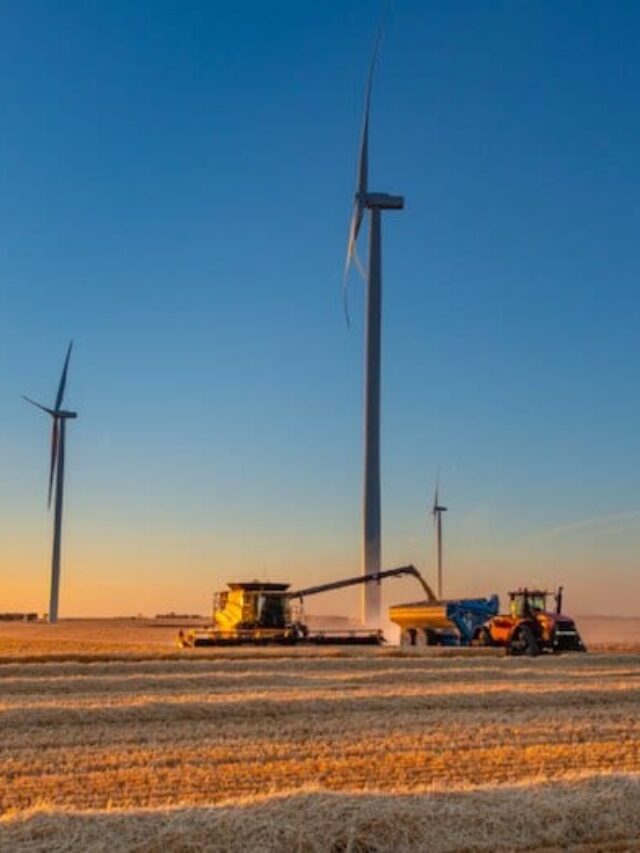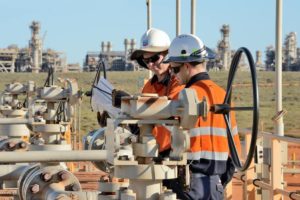Governments in the United States and Canada have already realised that establishing the right partnerships with First Nations in the clean energy transition is an investment decision.
Last week’s announcement by the US Department of Energy awarded a substantial first funding round to First Nations, “so all communities have access to affordable, reliable, clean electricity anytime, anywhere.”
This highlights steps other jurisdictions are taking and the urgency of getting the settings right to create the right policy and investment environment.
Australia must do likewise to support our transition at the pace and scale required.
After two years of listening, the First Nations Clean Energy Network offers eight actions that will support Australian governments partner with First Nations in this fast and furious clean energy transition.
1. Provide energy security for First Nations families by removing policy and regulatory barriers to clean energy
Residential rooftop solar is now the cheapest energy in the world, and for over 3 million Australian energy consumers, disconnections and expensive energy bills belong to the past.
Not so for many First Nations people.
Subsidies have not been readily available or accessible and are typically directed at home owners, installation costs are high, and for those in social or community housing, navigating policy and regulatory barriers of distribution networks, service providers and retailers is difficult or even impossible.
By removing these barriers, and by installing clean energy like rooftop solar on every household, we can democratise energy and ensure all our communities, families and households participate in the clean energy transition. This will reduce the cost of living, improve energy security, and address the significant economic, cultural and personal harm caused by frequent disconnections experienced by First Nations families.
2. Scale community-driven clean energy solutions to replace diesel generators
Many remote First Nations communities get their electricity from diesel generators.
Yet burning diesel is expensive and known to be harmful to the environment and public health.
Supporting community-driven initiatives to replace diesel generators with clean energy and storage – through targeted funding, capacity development and technical support – will increase energy quality and reliability. This in turn will lead to improved economic development, energy independence, and environmental and health outcomes.
3. Embed principles of Free, Prior and Informed Consent into legislative, policy, and decision-making processes and systems
Rio Tinto’s destruction of 46,000 year-old caves at Juukan Gorge was a stark reminder of significant project, financial and reputational risk in failing to adequately recognise and protect First Nations rights and interests.
Policy and legislative systems must incorporate principles of Free, Prior and Informed Consent (FPIC) as established in the United Nations Declaration on the Rights of Indigenous Peoples.
However, industry does not have to wait for Governments to embed FPIC. To dispense directors’ duties faithfully and protect projects from risk, boards must ensure FPIC is standard across company operations.
Similarly, investors should demand companies invest in and adopt FPIC standards and principles.
An emerging trend in the US is projects will not be financed unless the FPIC of impacted First Nations communities has been obtained under new policy being developed by its finance sector.
Governments in Australia must play their role too and keep ahead of these global developments.
Particularly now with the rush for land, waters and critical minerals to support the clean energy value chain, resetting relationships and embedding FPIC should simply be seen as sound business practice.
4. Plan for Country, culture and people to facilitate mutually beneficial outcomes
Many First Nations across Australia are being approached on multiple fronts by project proponents: wind (including offshore) and solar projects, transmission infrastructure, energy storage, green hydrogen facilities, and critical minerals mining.
Daunting for anyone, First Nations must be readily equipped to deal strategically and effectively with the opportunities and risks of potential projects.
By investing in First Nations to develop a plan for Country, culture, people and aspirations (encompassing economic, cultural, environmental and demographic considerations) First Nations can be supported to explore building deeper partnerships and work towards the development of projects that work within the values of Country, people and culture.
This will aid the delivery of mutually beneficial outcomes for all stakeholders.
5. Embed First Nations in the energy system through power purchase agreements (PPAs) with First Nations clean energy suppliers
Public and private sector First Nations procurement policies are designed to stimulate entrepreneurship, business and economic development opportunities.
This policy approach could be readily extended by requiring governments, corporates and educational institutions to procure clean energy from suppliers where there is a minimum percentage of First Nations ownership.
Attaching value to First Nations project participation through procurement policies will build unique opportunities for industry to partner with First Nations communities, while simultaneously incentivising First Nations to maximise their interest in clean energy projects.
6. Build First Nations ownership of clean energy infrastructure through innovative finance solutions
Innovative financing arrangements have a key role to play.
A government-backed loan guarantee program, perhaps similar to Canada’s, would facilitate ownership by providing guarantees for the percentage of a First Nation entity’s equity in clean energy infrastructure projects.
This sort of approach would enable First Nations communities to partner in project development within their own Country while building strong equity partnerships between business and First Nations.
7. Support First Nations-led clean energy projects to supply electricity to markets
First Nations have the opportunity to develop clean energy projects that provide on-going and tangible commercial, environmental and social benefits to the community.
Through properly targeted funding and support of First Nations’ development of renewable energy projects on First Nations-titled land, covering critical project steps like feasibility studies, financial analysis and project approval costs (like Canada’s First Nations Clean Energy Business Fund), we can deliver a range of significant co-benefits and build the pipeline of opportunity that industry, governments and investors want.
8. Build First Nations participation in the clean energy workforce and supply chains
The success of Australia’s transformation will depend on building our currently understaffed clean energy workforce, especially in regional and remote regions where many renewable energy zones will be located.
We need coordination and a clear plan to ensure jobs and skills initiatives produce First Nations outcomes.
Similarly, a clean energy future will need innovation in services, information, and technology – this requires entrepreneurship.
First Nations people are a huge resource to establish and grow clean energy businesses and to participate in supply chain opportunities.
With targeted support, mentoring and advice, and access to the right early-stage capital, Australia can unleash First Nations entrepreneurs, particularly youth, to lead clean energy innovation and business opportunities.
—
Australia’s energy transition will require access to large areas of land, waters and seas, including for thousands of kilometres of new transmission lines and access to critical minerals.
Interaction between the clean energy sector and First Nations is inevitable – First Nations rights and interests in lands and waters are formally recognised to over 50% of Australia.
Enabling and empowering First Nations to play a central role in the transition goes beyond social licence issues.
We must include, invest and embed First Nations as partners in our energy system transformation to deliver ongoing mutual benefits for the whole country.
Yorta Yorta Karrina Nolan and Jonathan Kneebone are from the First Nations Clean Energy Network










